As Above, So Below: Art of the American Fraternal Society, 1850-1930Lynne Adele, Bruce Lee Webb “There’s an inspiring and wacky solemnity in these organizations—high values reinforced through pageantry and performance in an ecumenical social setting—which deep down must also have been a whole lot of fun. Now it’s as if that foundational Other America, that underpinning of the America we know, has gradually eroded, and here we remain, living in a world that is a mere shell, a movie set, of the world that made our world manifest, that brought it into being, and all we have left are these perplexing masks, banners, and costumes to puzzle over.”
—David Byrne, from the foreword
Featuring more than two hundred outstanding objects gathered from private and public collections, As Above, So Below provides the first comprehensive survey of the rich vein of art created during the “golden age” of the American fraternal society. By the turn of the twentieth century, an estimated 70,000 local lodges affiliated with hundreds of distinct American fraternal societies claimed a combined five and a half million members. It has been estimated that at least 20 percent of the American adult male population belonged to one or more fraternal orders, including the two largest groups, the Freemasons and the Independent Order of Odd Fellows. The esoteric knowledge, visual symbols, and moral teachings revealed to lodge brothers during secret rituals inspired an abundant and expressive body of objects that form an important facet of American folk art.
Lynne Adele and Bruce Lee Webb introduce the reader to fraternal societies and explore the function and meaning of fraternal objects, including paintings and banners, costumes and ceremonial regalia, ritual objects, and an array of idiosyncratic objects that represent a grassroots response to fraternalism. Setting the art in historical context, the authors examine how fraternal societies contributed to American visual culture during this era of burgeoning fraternal activity. Simultaneously entertaining and respectful of the fraternal tradition, As Above, So Below opens lodge room doors and invites the reader to explore the compelling and often misunderstood works from the golden age of fraternity, once largely forgotten and now coveted by collectors. Fragrant: The Secret Life of ScentMandy Aftel The “Alice Waters of American natural perfume” (indieperfume.com) celebrates our most potent sense, through five rock stars of the fragrant world.
Mandy Aftel is widely acclaimed as a trailblazer in natural perfumery. Over two decades of sourcing the finest aromatic ingredients from all over the world and creating artisanal fragrances, she has been an evangelist for the transformative power of scent. In Fragrant, through five major players in the epic of aroma, she explores the profound connection between our sense of smell and the appetites that move us, give us pleasure, make us fully alive. Cinnamon, queen of the Spice Route, touches our hunger for the unknown, the exotic, the luxurious. Mint, homegrown the world over, speaks to our affinity for the familiar, the native, the authentic. Frankincense, an ancient incense ingredient, taps into our longing for transcendence, while ambergris embodies our unquenchable curiosity. And exquisite jasmine exemplifies our yearning for beauty, both evanescent and enduring.
In addition to providing a riveting initiation into the history, natural history, and philosophy of scent, Fragrant imparts the essentials of scent literacy and includes recipes for easy-to-make fragrances and edible, drinkable, and useful concoctions that reveal the imaginative possibilities of creating with—and reveling in—aroma. Vintage line drawings make for a volume that will be a treasured gift as well as a great read. The Sacred Heart: An Atlas of the Body Seen Through Invasive SurgeryMax, M.D. Aguilera-Hellweg An accident cost professional photographer Max Aguilera-Hellweg the use of his right arm for a year. Forced to work with a tripod and the larger format of 4-by-5-inch film, he was providentially assigned to photograph a neurosurgeon as she worked. This ultimately gave birth to The Sacred Heart, a magnificent and utterly disturbing collection of photographs of the human body seen through invasive surgery.
There is nothing like this collection either in the annals of medical photography or the arts. Almost 50 surgical procedures—a liver transplant, a mastectomy, the harvesting of organs after death, a cesarean birth, and others—cause us to look away and immediately look back. Surgeons' hands hover gracefully over gaping wounds, and lighting on gloves, instruments, and bare flesh is both theatrical and holy.
Aguilera-Hellweg's essay integrates the photographs and historic information about early surgical procedures with his own philosophic musings. The Sacred Heart inspires terror, pity, and awe as our gaze lingers on these horrific images. | Morbid Curiosities: Medical Museums in Nineteenth-Century BritainSamuel J.M.M. Alberti Morbid Curiosities is the first comprehensive study of nineteenth-century medical museums in Britain. It traces the afterlives of diseased body parts, asking how they came to be in these collections, what happened to them there, and who used them.
Pathologists dismembered the dead body and preserved it, whether by injection or by storage in fluid, thereby transforming it into material culture. Thus fragmented body parts followed complex paths - harvested from hospital wards, given to a prestigious institution, or once again fragmented at auction. Human remains acquired new meanings as they were exchanged and, once in museums, specimens were re-integrated to form a physical map of disease. Curators juxtaposed organic specimens with paintings, photographs, and models, and rendered them legible with extensive catalogues - paper, wax, and text formed a series of overlapping systems. They were intended to standardize the educational experience that was the ostensible purpose of most of the museums, and yet visitors refused to be policed, responding powerfully, whether with wonder or disgust.
Morbid Curiosities is a history of the material culture of medical knowledge, from prepared human remains to models, illustrations, and even architectural pillars and galleries. Work of Charles and Ray EamesDonald Albrecht Charles and Ray Eames gave shape to America's 20th century. From the 1940s to the late 1970s, the Los Angeles-based husband-and-wife team designed furniture, buildings, toys, films, graphics, exhibitions, and books that aimed to improve society — not only functionally but culturally and intellectually as well. This comprehensive volume is published on the occasion of a major international traveling exhibition organized by the Library of Congress, Washington, D.C., and the Vitra Design Museum, Well am Rhein, Germany, the holders of the two richest Eames collections in the world.
The Eameses' wholehearted belief that design could enhance people's lives remains their greatest lesson. Taking a fresh approach to their multifaceted careers, six generously illustrated essays examine the Eameses' projects in the contexts of science, corporate patronage, and politics as well as those of modern design, architecture, and art. |
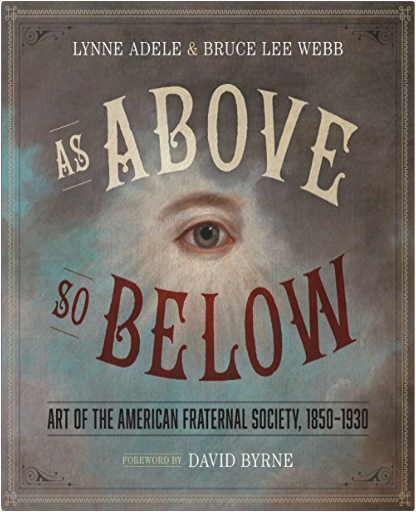
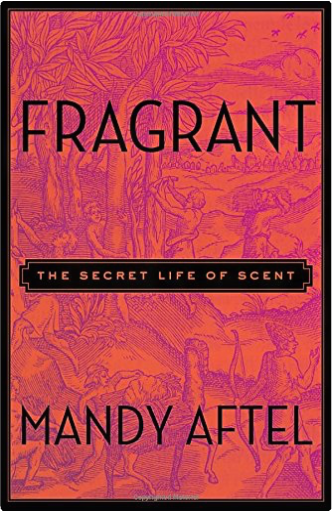
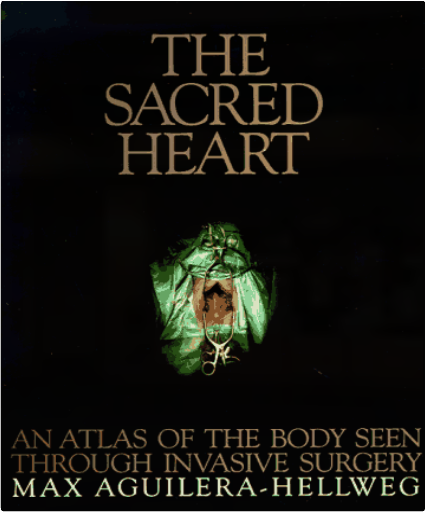
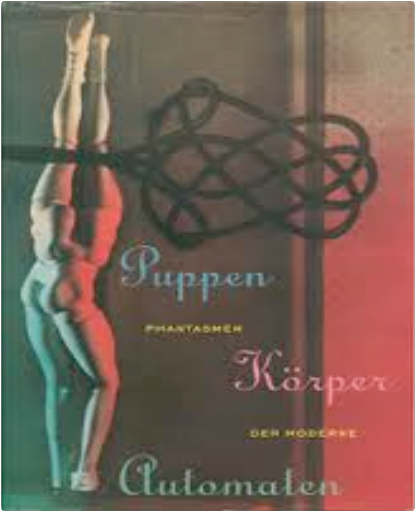
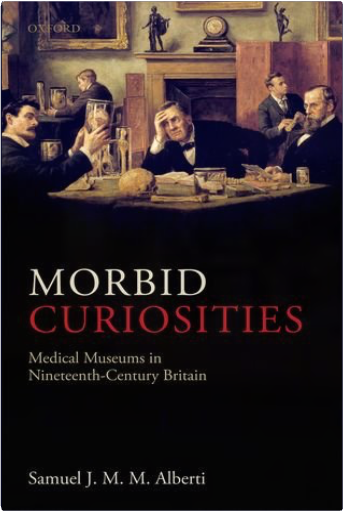
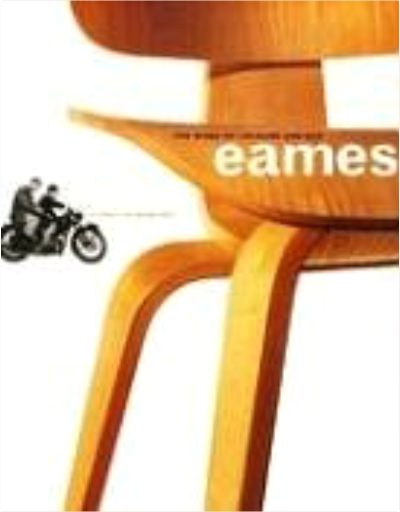

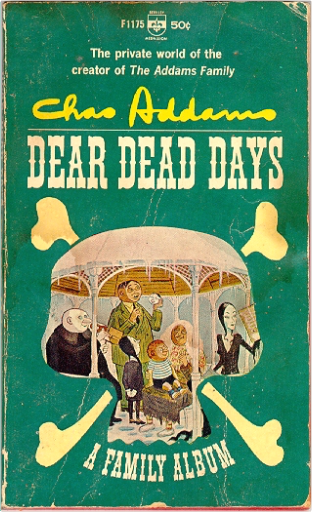

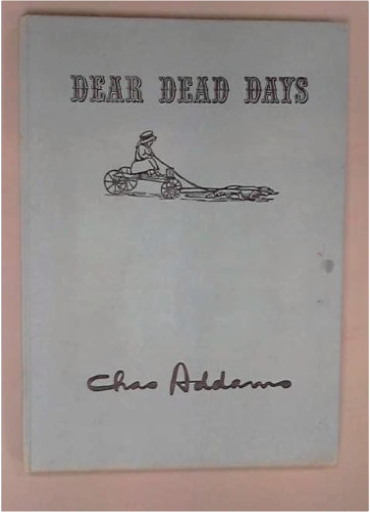
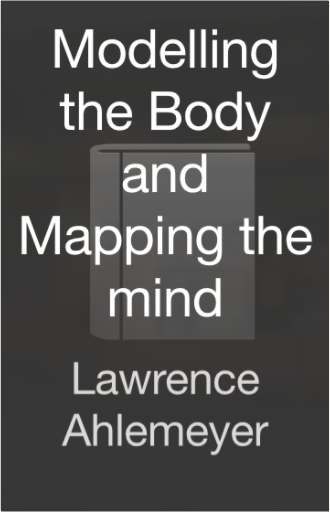
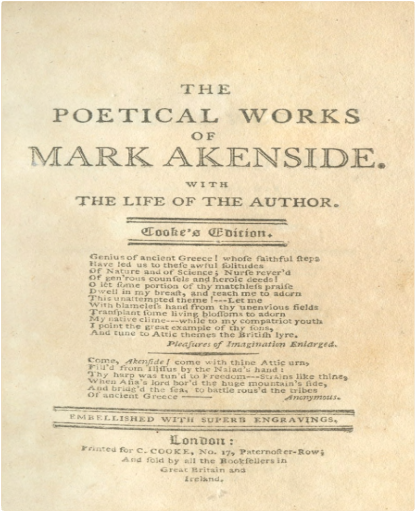
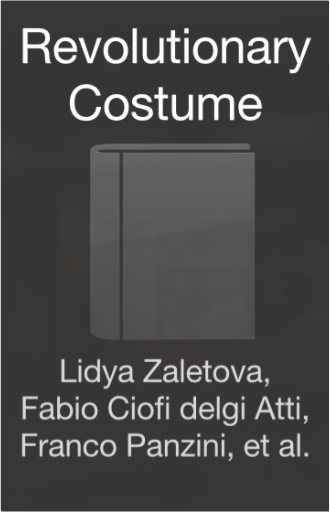
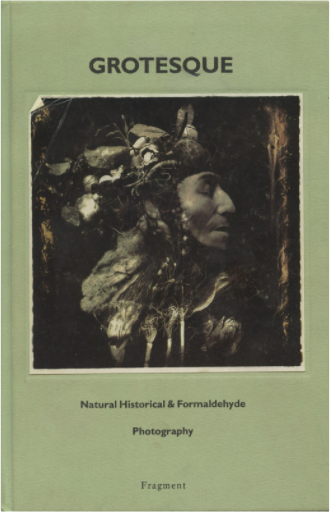
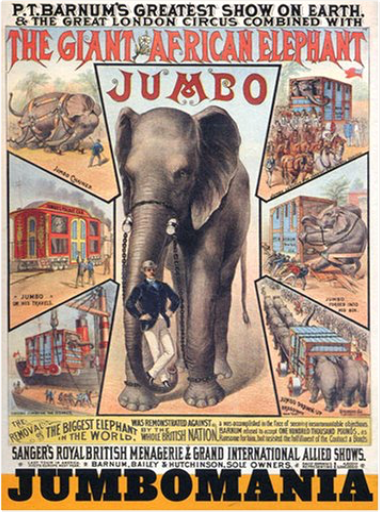

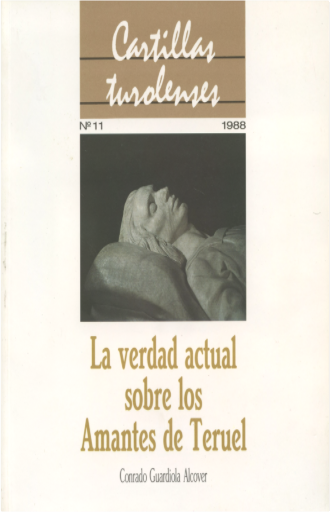
 Made with Delicious Library
Made with Delicious Library